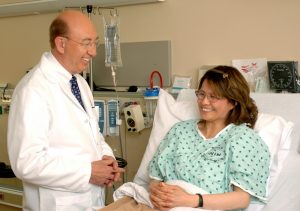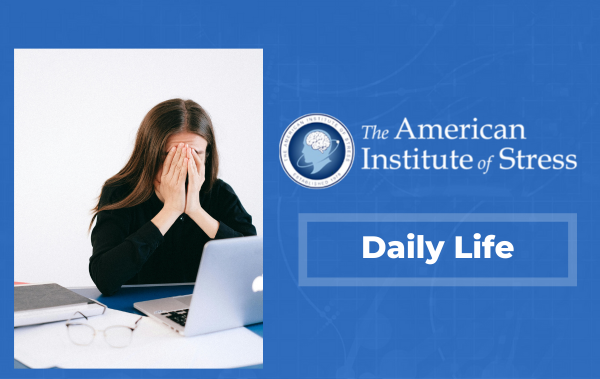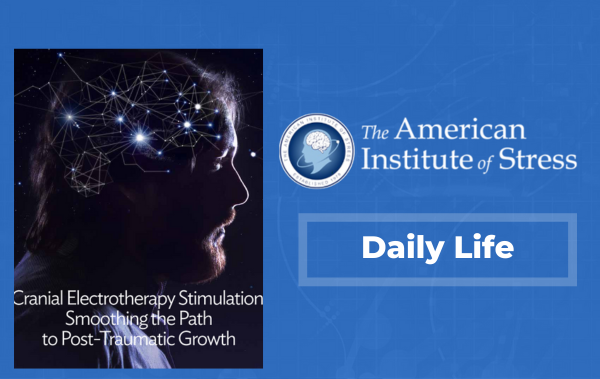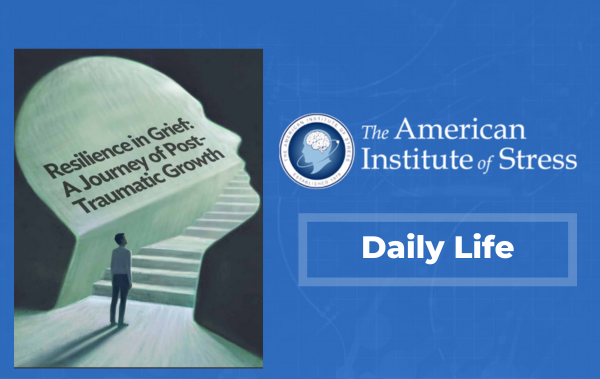 Kindness, empathy, and a warm bedside manner are things we expect from our doctors and nurses. Yet the stress they are facing during the coronavirus pandemic may make these nearly impossible for them to give us. Why? It’s biology: when healthcare workers feel afraid for their own safety, they switch into fight or flight mode. When the body changes to that ready-for-action state, it turns off the part of the nervous system that makes us social. A good bedside manner becomes almost impossible.
Kindness, empathy, and a warm bedside manner are things we expect from our doctors and nurses. Yet the stress they are facing during the coronavirus pandemic may make these nearly impossible for them to give us. Why? It’s biology: when healthcare workers feel afraid for their own safety, they switch into fight or flight mode. When the body changes to that ready-for-action state, it turns off the part of the nervous system that makes us social. A good bedside manner becomes almost impossible.
The autonomic nervous system is our body’s internal regulator, capable of inducing different biological states depending on the level of safety or threat in the environment. These states have profound effects on what range of thought, emotion, and behavior is prioritized in the brain. In other words, “physiological state limits the range of behavior and psychological experience.”
Coronavirus scared me so much that I lost my voice.
When it all started, I could see the way the outbreak was coming for us. I live in a suburb close to O’Hare airport, and we had people traveling from hot zones. Unfortunately, we did not have the ability to test anyone for COVID-19, so we had no way to know or prove how much of the virus might already be in our community. Were those patients we were seeing with flu-like illnesses actually sick with COVID-19? Were our surgical masks going to protect us when at that time the WHO was saying only N95 masks would do?
The situation triggered a new fear. My own asthma had never felt like a liability before. Never before had I been afraid that my work as a doctor might leave my children without a mother.
In interactions with patients, I noticed something odd. The soothing, sing-song voice I had mastered as a pediatrician was simply gone. Instead, I heard myself sounding stern and urgent. “We are all stressed out right now,” I explained to the parents, “I hear myself talking and I sound very serious. But that doesn’t mean you need to worry more about your child, it just means I’m feeling the stress we are all feeling.” They understood; they were worried too.
Our nervous system is wired for defense.
Enjoying life is lovely, but it can only happen if you survive. That’s why the nervous system spends a lot of its energy constantly scanning the environment for threat. If a threat is detected, the nervous system rapidly initiates a defense response. Mammals evolved to face threat with the fight or flight response, activated by the sympathetic nerve. When they do, there is an immediate metabolic boost that prepares them for action.
But if we want to enjoy each other’s company and be social, the ventral vagus nerve must turn down the fight or flight response. When that happens, the social engagement system comes online. Eyes open and look around, facial muscles move more and express emotion, the stapedius muscle in the middle ear tenses, making it easier to hear the human voice, and the head turns more to allow social gestures. Most importantly, the muscles around the pharynx and larynx produce vocal prosody.
Vocal prosody, the musicality of the voice, is how humans understand much of the meaning behind words. It’s why text messages are so often misunderstood when the same message would be fine on the phone. But prosody is only expressed in the voice when the social engagement system is active; the voice flattens under the fight or flight system. So does the face, for that matter.
Go easy on your healthcare workers if their bedside manner is not great during COVID-19.
Healthcare teams who are seeing possible COVID-19 patients need to function in a state of sympathetic mobilization. That readiness for action is a crucial tool in the busy and often chaotic scenes we hear of at the pandemic’s epicenters. Not only do teams need it, but they also have no choice about it. The fear prompted by the lack of protective equipment they need for themselves and the supplies they need to care for patients is inevitable. Biology comes to the rescue with fight or flight, helping them face down that fear and do their jobs.
But the fight or flight mobilization is largely incompatible with the social engagement system. According to a paper by Dr. Stephen Porges, “states of mobilization would compromise our ability to detect positive social cues… If the individual is in a state of mobilization, the same engaging response might be responded to with the asocial features of withdrawal or aggression. In such a state, it might be very difficult to dampen the mobilization circuit and enable the social engagement system to come back online.”
So at a time when we are facing the prospect of death and suffering, we want our doctors and nurses to soothe us. They simply may not be able to, not, and be able to do the medical work we need from them.
What would it mean if they did turn down the mobilization response in the nervous system during COVID? Imagine a relaxed ER team, speaking in sing-song voices, and telling you not to worry. It’s okay, there is plenty of time. Meanwhile, the triage room is filling up and people are gasping for air.
You see the issue. Fast, effective, and efficient is what is needed in the face of COVID-19.
It can’t be healthy to be in fight or flight all the time.
To switch from the fight or flight response to social engagement, our nervous system requires safety. “To effectively switch from defensive to social engagement strategies, the mammalian nervous system needs to perform two important adaptive tasks: (1) assess risk, and (2) if the environment is perceived as safe, inhibit the more primitive limbic structures that control the fight, flight, or freeze behaviors.” To find the environment safe may be impossible right now for healthcare workers, while they are at work.
But later, “in the absence of threat, the appearance of a friend or mate would subdue the limbic activation with the biobehavioral consequences of allowing proximity, physical contact, and other social engagement behaviors.”
So it is possible for healthcare workers to reactivate the social systems, sometimes even a little bit at work by talking with a colleague. That’s important for their stress management and wellbeing. It’s a good idea for them to connect with someone they trust after work each day, to reset a little bit. But it may be unfair for us to expect them to be able to do it at the bedside of patients in this time of crisis.





